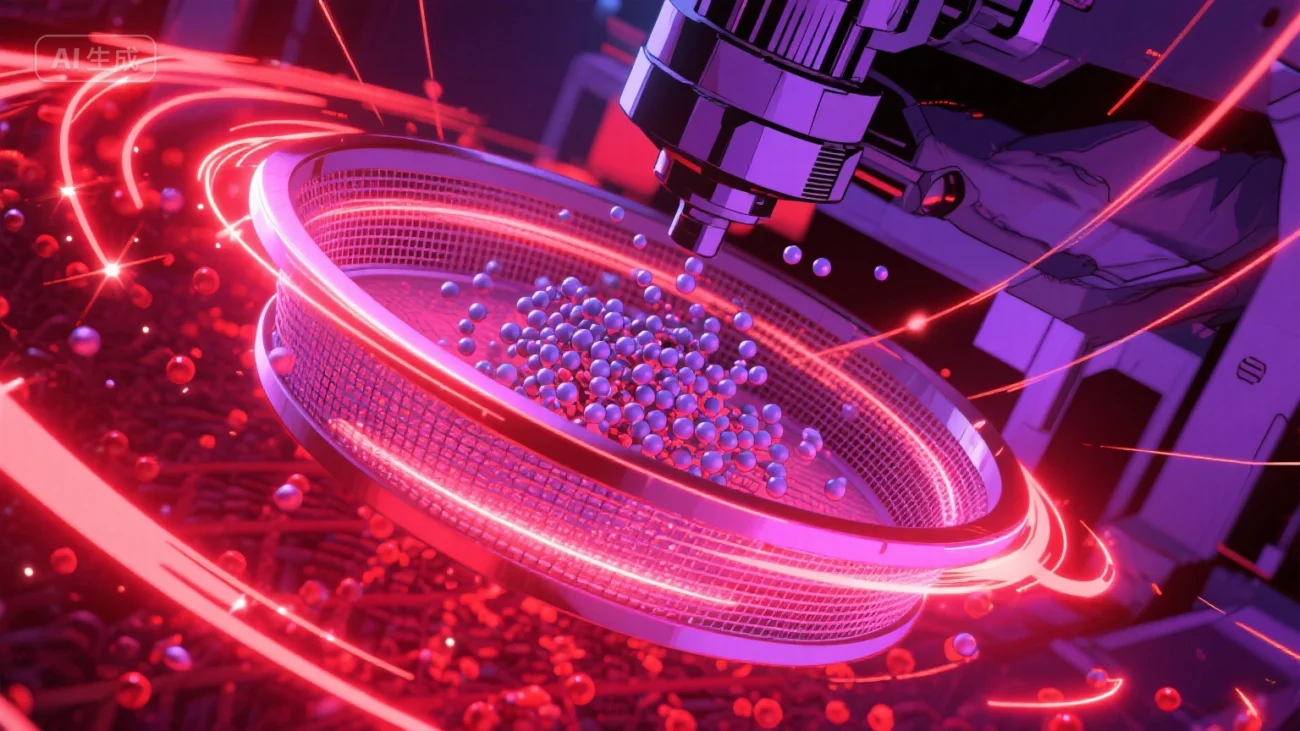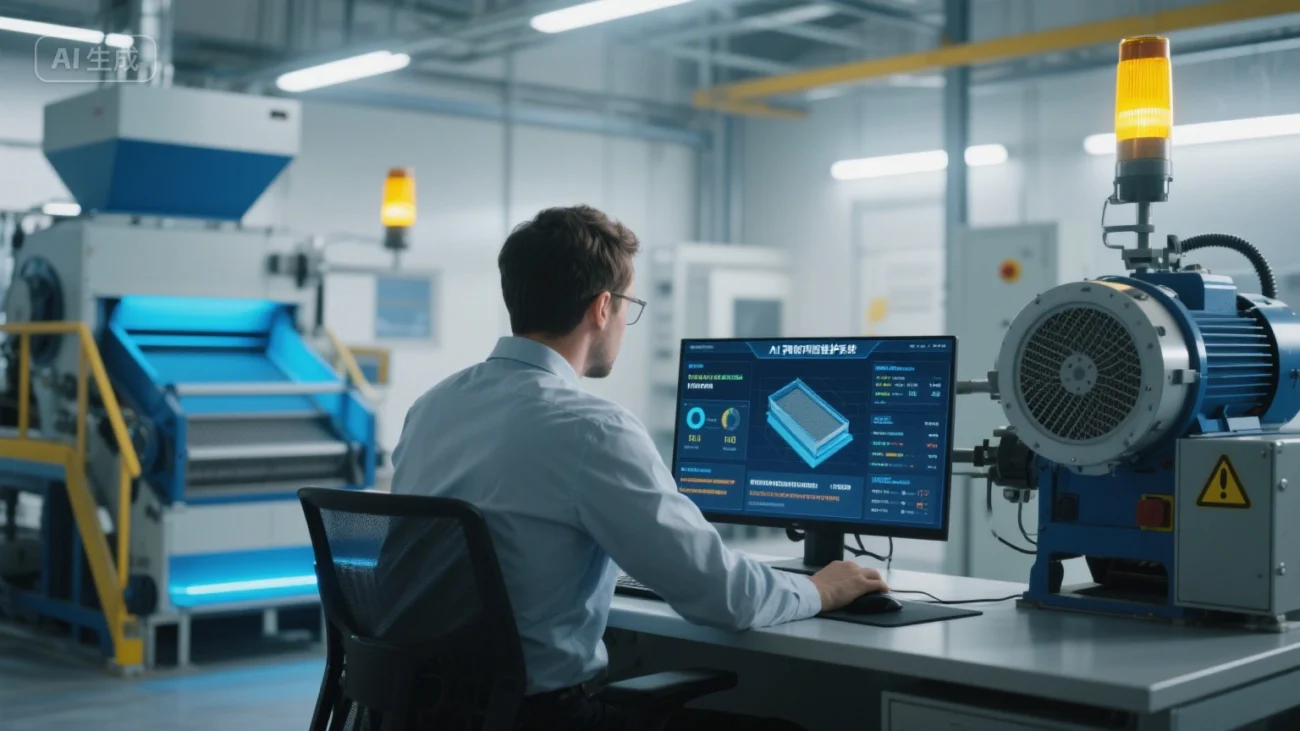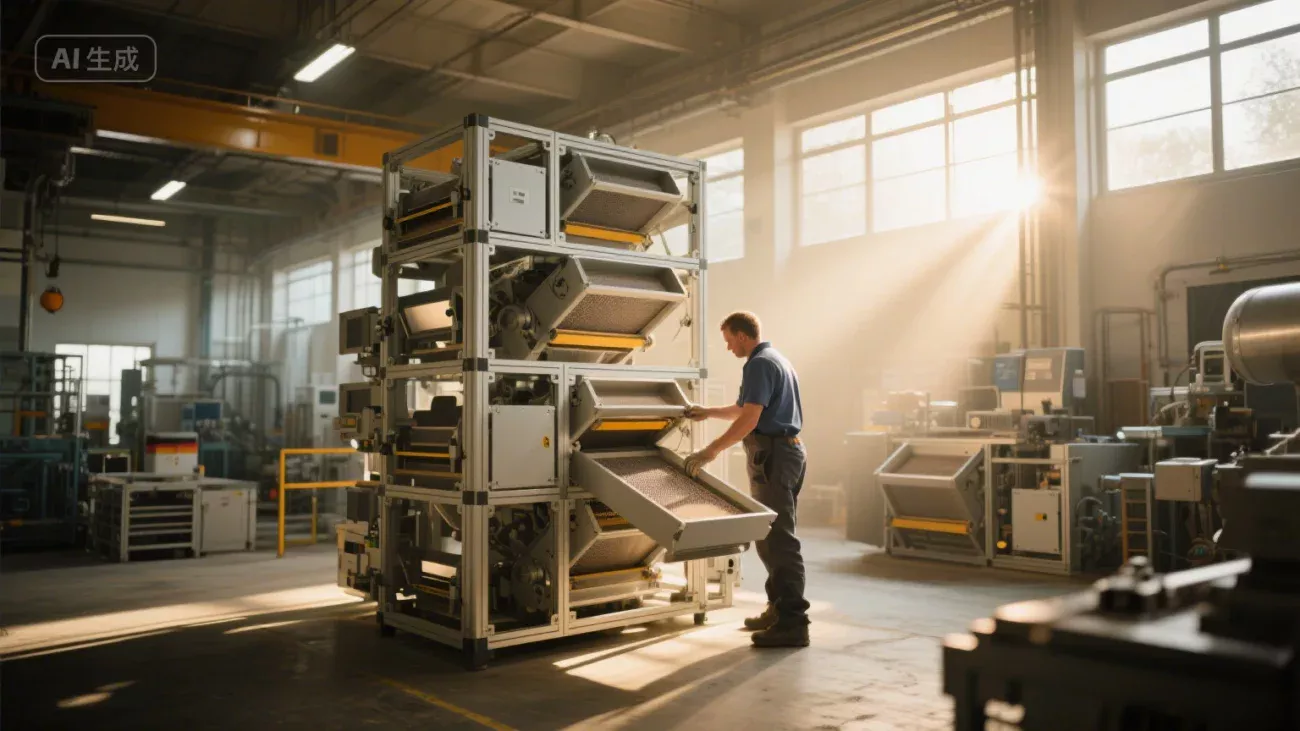Emerging Paradigms in Fine Chemical Screening Efficiency
In the evolving landscape of advanced material processing, fine chemical screening occupies a central role in ensuring the purity, functionality, and regulatory compliance of specialty substances. Within this high-stakes industrial arena, even the slightest deviation in particle size distribution or batch consistency can lead to cascading failures in downstream applications, particularly within pharmaceuticals, electronic materials, and high-performance polymers. As global demand escalates for specialty chemicals with nanometric tolerances, conventional screening methods are being eclipsed by next-generation technologies.
Germany, renowned for its engineering excellence and precision manufacturing, is at the forefront of this shift. The country’s top-tier manufacturers are pioneering systems that transcend basic vibration-based separation by incorporating data-centric and automation-forward mechanisms. In these new systems, high-precision vibrating screens for chemicals are configured not just for throughput, but for process intelligence. Ultrasonic excitation modules, real-time particle size analytics, and hybrid screening meshes constructed from synthetic alloys now enable the discrimination of particles in the sub-75-micron range. Such capabilities are indispensable when dealing with chemically reactive, hygroscopic, or agglomeration-prone powders.

The industrial imperative for zero-contamination environments has catalyzed the integration of HEPA-filtered enclosures, inert gas environments, and CIP (Clean-in-Place) protocols within modular screening units. These enhancements are no longer optional; they are foundational to any credible operation seeking to maintain global cGMP compliance and adhere to REACH or ICH guidelines. Furthermore, the ability of German-engineered equipment to harmonize these regulatory prerequisites with functional process improvements distinguishes them from less sophisticated alternatives.
The Technical Renaissance of Sieving Machines in Chemical Engineering
At the epicenter of this technological renaissance lies the modern sieving machine—an apparatus redefined through the confluence of materials science, automation engineering, and process analytics. Today’s machines are no longer passive filters but dynamic systems capable of autonomous correction, adaptive resonance, and machine-learning-guided mesh optimization. Such features redefine the landscape of precision sieving technology for chemical powders, moving the discipline from a labor-intensive process to a real-time, cyber-physical production node.
Central to this transformation is the deployment of multi-frequency excitation systems that synergize ultrasonic, electromagnetic, and mechanical impulses. These create stratified vibrational environments within the sieving chamber, allowing for the customized separation of multicomponent powder blends with varying flow properties. The employment of AI-powered predictive maintenance systems, capable of diagnosing vibrational anomalies or detecting screen wear before it manifests as product nonconformance, has greatly improved OEE (Overall Equipment Effectiveness) across chemical screening lines.
The material choice for sieving components has undergone a similar revolution. Traditional stainless steel meshes have given way to composite materials imbued with anti-static, anti-corrosive, and thermally stable properties. These innovations directly benefit applications involving volatile solvents, thermosensitive compounds, or pH-sensitive actives. Meanwhile, German-manufactured sieving machines feature sealed, contamination-proof construction and FDA-certified elastomers that allow for quick-change modularity without compromising hygiene protocols.
It is worth noting that screening accuracy now extends beyond mesh geometry. Sensors embedded within the framework collect real-time data on environmental variables such as humidity, air velocity, and powder density. This data is fed into supervisory control and data acquisition (SCADA) systems, where algorithms adjust screen inclination, oscillation amplitude, and dwell time. Such adaptive screening ensures the delivery of material at specifications unachievable through human intervention alone.

Germany’s Industrial Strategy and the Future of Precision Sieving Technology for Chemical Powders
Germany’s industrial doctrine, embodied in the Industrie 4.0 framework, envisions the full digitization of manufacturing. Nowhere is this more apparent than in the field of fine chemical screening, where digital twins of screening machines simulate particle behavior under varied conditions, guiding both design improvements and operational refinement. With the inclusion of blockchain-compatible audit trails and end-to-end digital traceability, German screening systems are transforming from mechanical instruments into regulatory assurance tools.
These systems incorporate modular architectures, allowing operators to recalibrate machines for different product specifications within minutes. The strategic value of such agility is underscored in specialty chemical production, where batch sizes are small, cycle times are tight, and formulations change frequently. With high-precision vibrating screens for chemicals, manufacturers no longer face binary trade-offs between throughput and quality. Instead, German technology enables the synchronous optimization of both, via parallel processing channels, cross-contamination safeguards, and recipe-based control systems.
Environmental compliance remains a parallel force driving innovation. German manufacturers are leading the charge in developing screening solutions with ultra-low energy footprints, reduced acoustic signatures, and recyclable components. The implementation of kinetic energy recovery systems (KERS) in vibratory motors exemplifies the convergence of sustainability with engineering excellence. This aligns closely with EU taxonomy regulations and the global shift toward carbon-neutral manufacturing processes.
In the long arc of chemical manufacturing history, the evolution of precision sieving technology for chemical powders marks a seminal chapter—one characterized by convergence: of mechanics and data, of regulation and productivity, of environmental stewardship and process optimization. As the technical boundaries of fine chemical screening continue to expand, and as Germany cements its leadership position in this niche, the next generation of materials—whether therapeutic, electronic, or catalytic—will be shaped, quite literally, through a screen.

